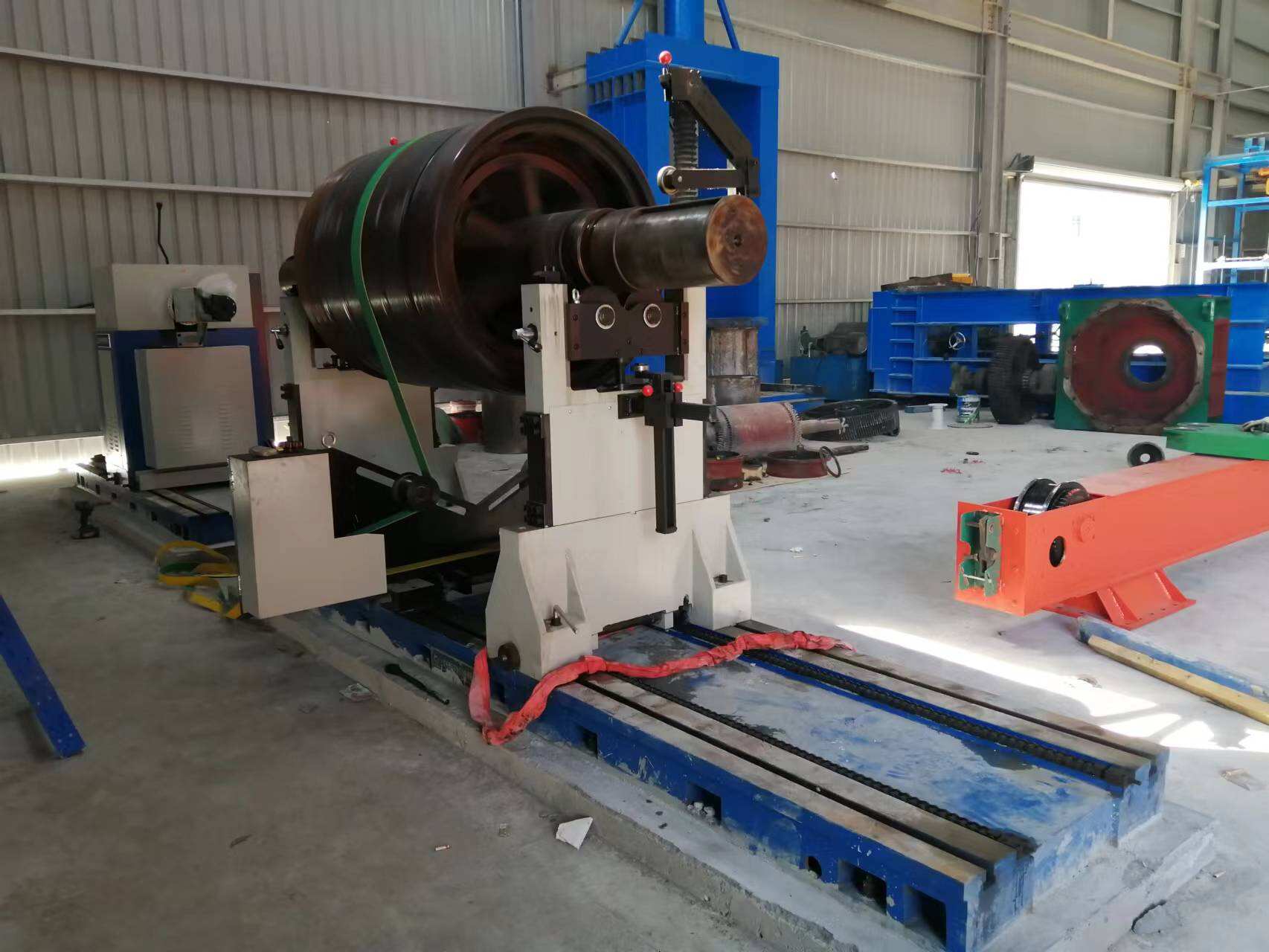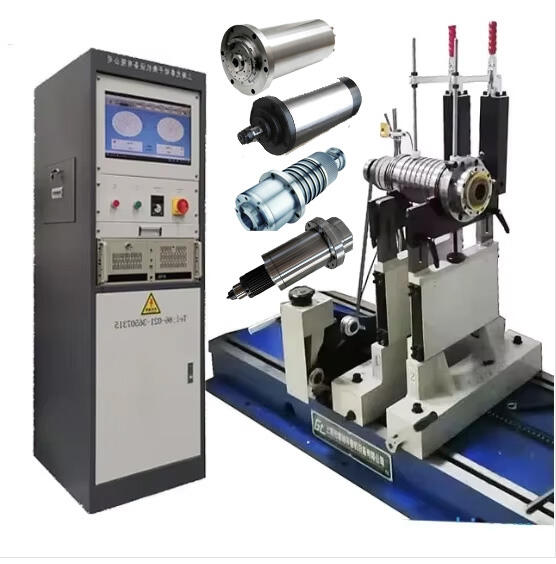balancing machine for rotors
A balancing machine for rotors is a sophisticated piece of engineering equipment designed to detect and correct imbalances in rotating components. This precision instrument operates by measuring the distribution of mass around the rotor's axis of rotation, identifying any irregularities that could cause vibration, wear, or performance issues. The machine utilizes advanced sensors and digital technology to detect even minimal imbalances at various speeds, providing real-time data analysis for accurate corrections. The technology incorporates both hard-bearing and soft-bearing configurations, allowing for versatility in handling different rotor sizes and weights. Modern balancing machines feature computerized measuring systems that can detect imbalances down to micrometers, ensuring exceptional accuracy in the balancing process. These machines are equipped with automatic calibration capabilities and can operate at various test speeds to simulate real-world conditions. The applications span across multiple industries, including automotive manufacturing, aerospace, power generation, and industrial equipment production. The machine's ability to handle rotors of different sizes, from small electric motor armatures to large industrial turbines, makes it an indispensable tool in maintaining equipment reliability and operational efficiency. The integration of user-friendly interfaces and automated measurement processes has significantly simplified the balancing procedure, reducing the time and expertise required for operation.


